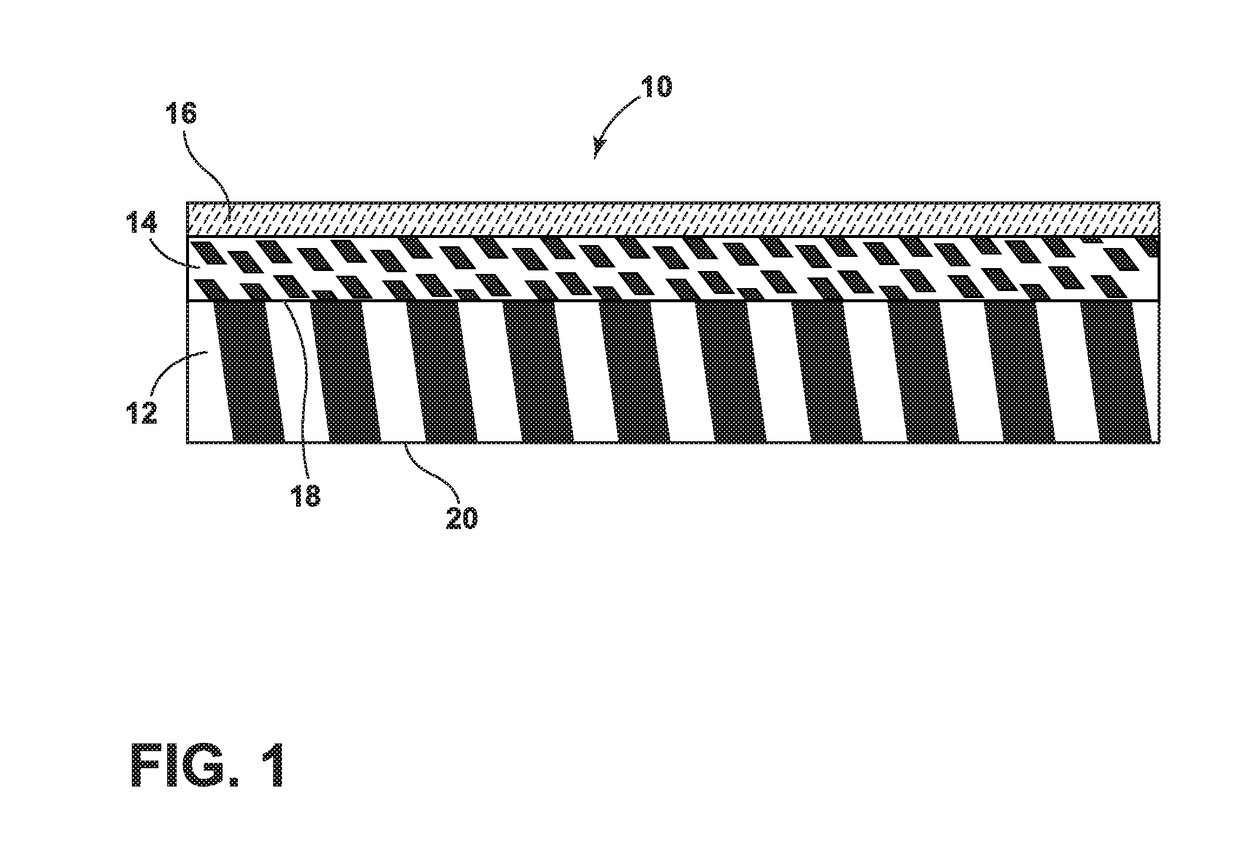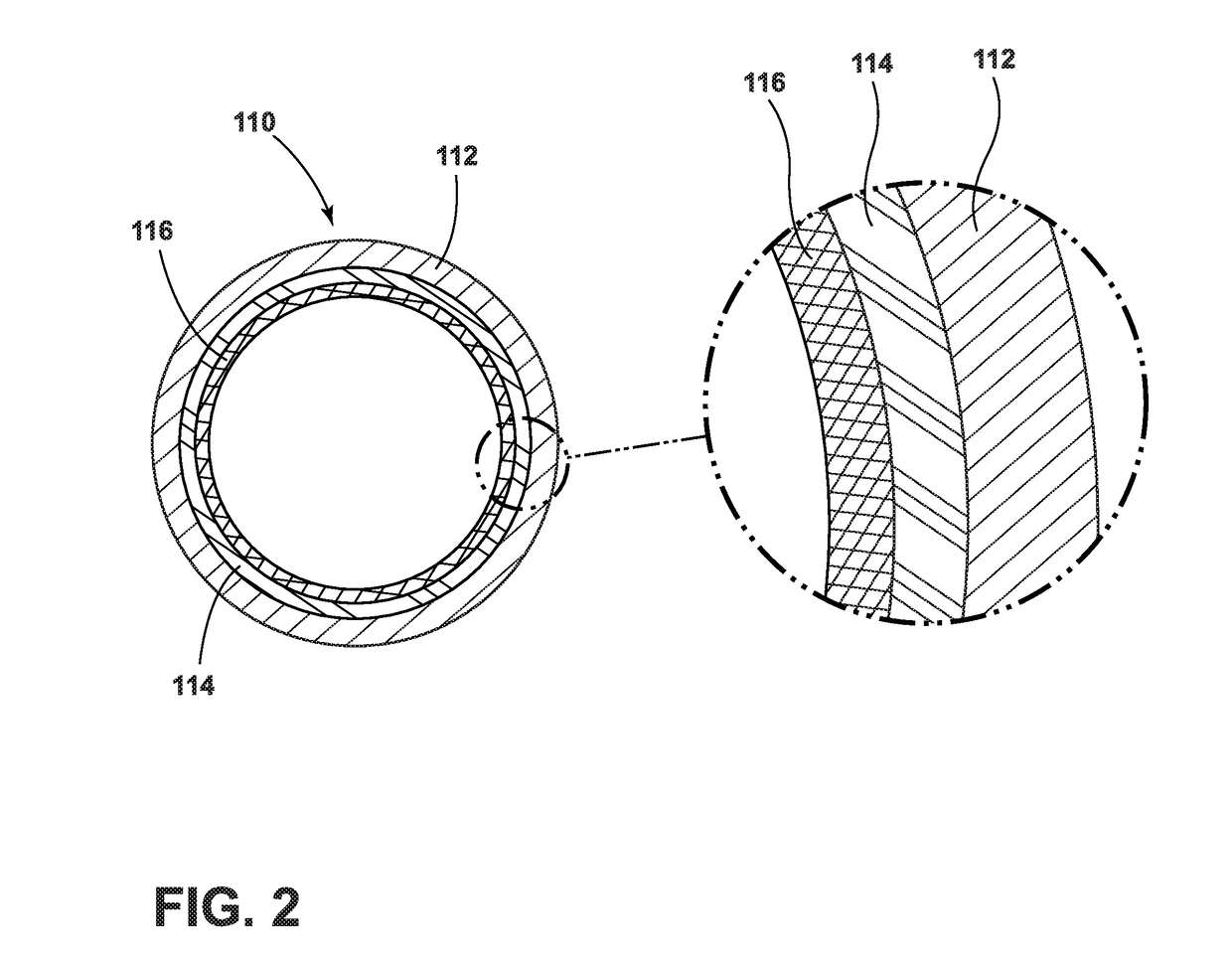Carbon molecular sieve membrane for gas separations
a carbon molecular sieve and gas separation technology, applied in the direction of membranes, separation processes, physical/chemical process catalysts, etc., can solve the problems of inability to withstand harsh operating conditions, tubular zeolite membranes often outperform other separation technologies, and the separation performance of polymer membranes has not shown substantial improvement, etc., to achieve high flux gas separation, high permselectivity, and cost-effective gas processing
- Summary
- Abstract
- Description
- Claims
- Application Information
AI Technical Summary
Benefits of technology
Problems solved by technology
Method used
Image
Examples
Embodiment Construction
[0012]The current embodiments provide a method of fabricating a CMSM for gas separations and a related method of use. The CMSM is described in Part I below, the method of fabrication is described in Part II below, and the method of use is described in Part III below.
I. CMSM Structure
[0013]Referring now to FIG. 1, a CMSM in accordance with one embodiment is illustrated and generally designated 10. The CMSM 10 is a plate-like membrane in the illustrated embodiment, having a porous metal or ceramic support structure 12, an inorganic oxide intermediate layer 14, and a carbon separating layer 16. The inorganic oxide intermediate layer 14 is interposed between the porous metal or ceramic support structure 12 and the carbon separating layer 16 to prevent the carbon separating layer 16 from penetrating the pores of the metal support structure 12. As alternatively shown in FIG. 2, the CMSM 110 can include a single-channel cylindrical porous metal or ceramic support structure 112 disposed abo...
PUM
| Property | Measurement | Unit |
|---|---|---|
| thickness | aaaaa | aaaaa |
| thickness | aaaaa | aaaaa |
| viscosity | aaaaa | aaaaa |
Abstract
Description
Claims
Application Information
 Login to View More
Login to View More - R&D
- Intellectual Property
- Life Sciences
- Materials
- Tech Scout
- Unparalleled Data Quality
- Higher Quality Content
- 60% Fewer Hallucinations
Browse by: Latest US Patents, China's latest patents, Technical Efficacy Thesaurus, Application Domain, Technology Topic, Popular Technical Reports.
© 2025 PatSnap. All rights reserved.Legal|Privacy policy|Modern Slavery Act Transparency Statement|Sitemap|About US| Contact US: help@patsnap.com



